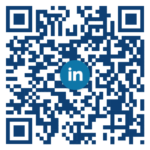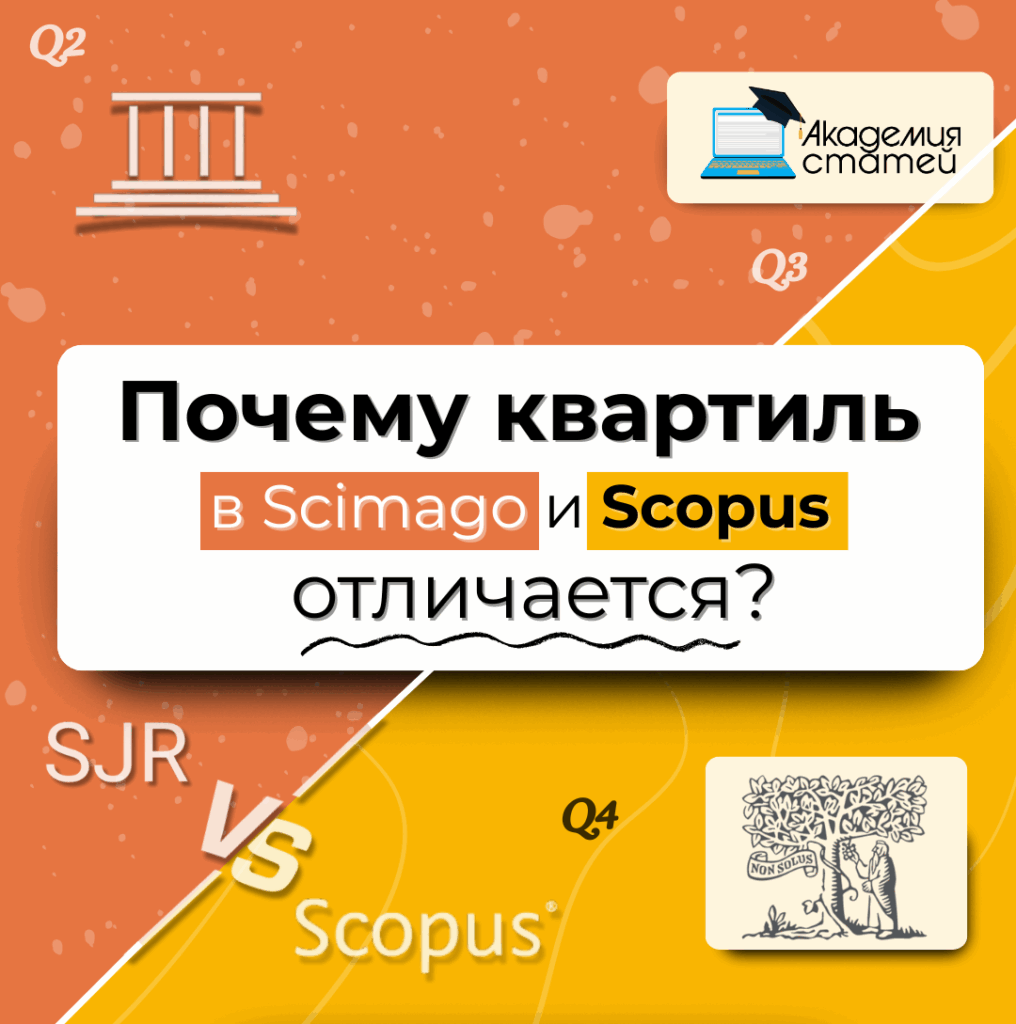Hello, dear colleagues!
This is Vasily Malets, Director of the Academy of Articles and author of the column "Journals that will soon lose their indexing in Scopus.".
We've prepared the fifth edition of our column for 2025, and the numbers speak for themselves:
👉 29 of the 41 journals we wrote about earlier have already been officially excluded from Scopus.
In this issue, we look at five new contenders for relegation, including three Q2 titles and three journals from prestigious European Union countries.
Once considered reliable venues for scholarly publication, these publications now show signs of losing academic standards:
- 📉 a sharp drop in citations;
- 📊 low quality of articles;
- 💰 questionable editorial policy.
This issue proves once again: Even Q2 journals and publications from EU countries are not immune from losing their indexing in Scopus if they ignore the principles of scientific ethics and quality control.
What happens if your journal is removed from Scopus a month before your PhD defense?
Even one mistake in choosing a publication can cost you months of waiting and the loss of a publication that the committee will no longer accept.
To avoid this, we invite you to a free webinar:
List of applicants
E-ISSN: 2184-8645
🔗 Link to Scopus: https://www.scopus.com/sourceid/21101247624
🔗 Magazine website: https://journals.ap2.pt/index.php/ais
Review:
Magazine Architectural Image Studies was accepted into Scopus in 2024 and was initially positioned as a specialized journal on architecture and design. However, as early as August 2025, the journal abruptly changed its policy: it began sending out mass mailings with invitations to publish, and began positioning itself as "multidisciplinary." This raised serious concerns in the scientific community, as even the name itself suggested that the journal should be narrowly focused.
In a short period of time, a large number of articles were published, many of which had nothing to do with architecture or design. This is a typical sign of journals losing their academic quality and shifting to a commercial model without proper peer review.
Magazine profile:
Quartile: Q4
Country: Sweden
Subject: architecture, design
Publication cost: 500 USD
Main violations:
Publication of articles that do not correspond to the stated topic.
Lack of quality peer review.
A sharp increase in the number of publications in a short period of time.
Mass mailings to authors with calls to submit articles.
Current status:
The journal is currently under review by the Scopus Content Selection & Advisory Board (CSAB). Recent issues have raised concerns about violations of quality standards and publication ethics.
Risk assessment:
Scopus Exclusion Probability: 100 %
Probability of new articles not being indexed: 100 %
E-ISSN: 2589-1316
🔗 Link to Scopus: https://www.scopus.com/sourceid/21101151828
🔗 Magazine website: https://jcasc.com/index.php/jcasc
Review:
Magazine Journal of Cultural Analysis and Social Change For a long time, the journal demonstrated stable performance and was considered a quality publication in the fields of sociology and cultural studies. However, in the second half of 2025, the editors began actively sending out invitations to publish, promising quick publication for $1,200.
At first glance, the magazine's website doesn't seem suspicious—the structure and archive appear standard. However, upon speaking with the editors, it became clear that the magazine had significantly changed its focus, making it an "all-about-everything" magazine. This is a classic sign of a shift toward a predatory model.
What's unique about this publication is that it hasn't yet begun publishing materials en masse, but is actively recruiting manuscripts to eventually release a massive issue with hundreds of articles in a single day. This is a typical scenario for "young" predatory journals preparing for monetization.
Magazine profile:
Quartile: Q2
Country: Netherlands
Subjects: sociology, cultural studies, interdisciplinary research
Publication cost: 1200 USD
Main violations:
Mass mailings with the promise of quick publication.
Acceptance of articles without proper peer review.
Changing the journal scope to "multidisciplinary" without formally notifying Scopus.
Preparation for mass publication of a large number of articles in a short time.
Current status:
The journal is currently active and continues to publish materials, but remains in a "gray zone" of monitoring. Scopus will likely subject the journal to review upon its first attempt at mass publication.
Risk assessment:
Scopus Exclusion Probability: 100 %
Probability of de-indexing future articles: if the journal publishes a large number of low-quality materials - 100 %.
ISSN: 2179-8699
🔗 Link to Scopus: https://www.scopus.com/sourceid/21100845376
🔗 Magazine website: https://revista.domhelder.edu.br/index.php/veredas
Review:
Magazine Veredas do Direito For a long time, it enjoyed a strong academic reputation, was consistently indexed in Scopus and Web of Science, and published high-quality articles exclusively in the field of law. It was one of the few Brazilian journals with dual indexing and a highly specialized focus, enjoying the trust of the scientific community.
However, over the past two to three months, the situation has changed dramatically. The editorial team began publishing articles on topics unrelated to law: from architecture and art to medicine and artificial intelligence.
Previously, the journal published one issue per year, but now it has released three in a row, publishing over 150 articles—more than in the previous five years combined. This is a classic example of the loss of academic control and the transition to a commercial model.
Magazine profile:
Quartile: Q4
Country: Brazil
Subject: Law
Publication cost: 750 USD
Main violations:
Publication of articles that do not correspond to the subject matter of the journal.
A sharp increase in the number of articles and issues.
Lack of proper peer review.
Violation of the stability of the periodicity of publications.
Current status:
The journal is currently indexed in Scopus and Web of Science, but recent issues have already raised concerns and may become grounds for CSAB monitoring.
Risk assessment:
Probability of exclusion from both databases (Scopus and Web of Science): 100 %
Probability of de-indexing recent articles: very high (90–100 %).
ISSN: 1311-1728
E-ISSN: 1314-8060
🔗 Link to Scopus: https://www.scopus.com/sourceid/21100841738
🔗 Magazine website: https://ijamjournal.org/ijam/contents/index.html
Review:
Magazine International Journal of Applied Mathematics (IJAM) — a second-quartile (Q2) journal that for many years published materials on applied mathematics and related disciplines. However, in 2025, the journal began to show signs of a decline in quality.
Instead of a stable publication policy, IJAM sharply increased the number of articles, began actively publishing special issues, and significantly reduced publication deadlines.
According to official data, the journal has already published 5 regular and 6 special issues in 2025, with only 15 days between manuscript submission and publication—indicating the absence of peer review.
Although the articles formally remain within the framework of technical and mathematical topics, their scientific level is extremely low - mostly compilations or formal works without any novelty.
Magazine profile:
Quartile: Q2
Country: Bulgaria
Subjects: applied mathematics, physics, engineering, programming
Publication cost: 900 USD (standard) / 1500 USD (expedited publication)
Main violations:
A sharp increase in the number of articles and special issues.
Very fast publication (15 days after submission).
Lack of real peer review.
Low quality materials.
Current status:
The journal is indexed in Scopus, but is already under CSAB review and will likely be submitted for review.
Risk assessment:
Scopus exclusion probability: 95 %
Probability of de-indexing published articles: 50%.
ISSN: 2516-3299 | E-ISSN: 2516-3302
🔗 Link to Scopus: https://www.scopus.com/sourceid/21100978041
🔗 Magazine website: https://verjournal.com/index.php/ver/about
Review:
Magazine Vascular and Endovascular Review Until recently, it was considered a specialized medical journal dedicated to vascular and endovascular surgery. Until 2024, it consistently published two issues per year and no more than 20 articles annually.
However, in 2025, the journal was likely sold to new owners for commercial purposes. In one year, VER has already published six issues, four of which were special editions, containing over 250 articles. This is more than ten times its previous volume.
Publications appear less than 10 days after manuscript submission, indicating a complete lack of peer review. Furthermore, the journal has begun publishing articles unrelated to vascular medicine, a typical sign of a shift toward a predatory model.
Magazine profile:
Quartile: Q2
Country: Afghanistan
Subject: vascular surgery, cardiology, medicine
Publication cost: 1500 USD
Main violations:
A sharp increase in the number of articles (10 times).
Mass special editions.
Publication of materials that do not comply with the scope.
Very fast publication (up to 10 days after submission).
Current status:
The journal is currently under review by the Scopus Content Selection & Advisory Board (CSAB). Of the approximately 250 articles submitted for 2025, only 63 have been indexed; the rest will likely not be added to the database.
Risk assessment:
Scopus Exclusion Probability: 100 %
Probability of de-indexing of published articles: 50 %.
Conclusions
In this issue, we reviewed five journals, three of which were from the second quartile (Q2) and three from European Union countries.
Experience shows that even a prestigious quartile and a "European residency" do not guarantee academic integrity. Many publications that once enjoyed an impeccable reputation are now deliberately choosing the path of quick profit, sacrificing quality and scientific standards.
Unfortunately, authors who do not publish on a daily basis or who lack experience are 70% of the time at risk of falling into the trap of predatory journals.
Quick publication seems like an attractive option, but the result is often the same: lost money, time, and reputation.
That's why we strongly recommend contacting trusted specialists who offer real guarantees of publication and indexing in Scopus, Web of Science, and other reputable databases.
I understand that the temptation to publish quickly is great, but it's always worth considering the consequences—after all, the losses from making the wrong choice can be much greater.
Join my personal LinkedIn!
There I share relevant and useful information about scientific publications.








